This post contains affiliate links, so we may earn a small commission when you make a purchase through links on our site at no additional cost to you.
If you’re a lover of historical sites, the theatre at the ancient city of Aspendos is the most outstanding single monument along the Mediterranean coast.
Where is Aspendos?
The ancient city lies 47km to the east of Antalya on the banks of the Eurymedon river.
Aspendos
Under the Roman Empire, Aspendos prospered, producing salt from the nearby lake which dries up in the summer, cultivating vines and corn, and producing coarse Pamphylian wool from the local sheep.
The finest example of a Roman theatre
The theatre at the ancient site of Aspendos is the finest example of a Roman theatre in the world.
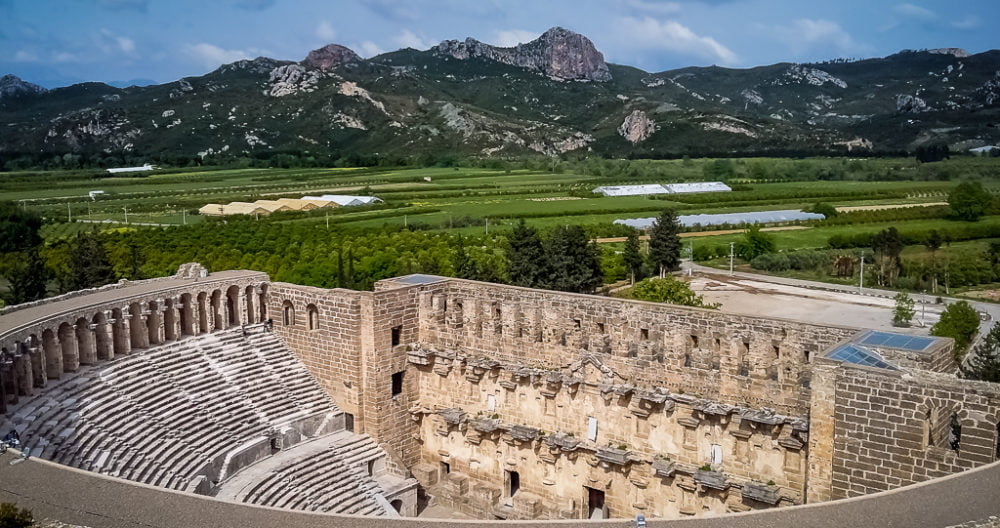
Built during the reign of Roman Emperor Marcus Aurelius and maintained by the Byzantines and Selcuks, it was restored after a visit by Atatürk in the 1920s.
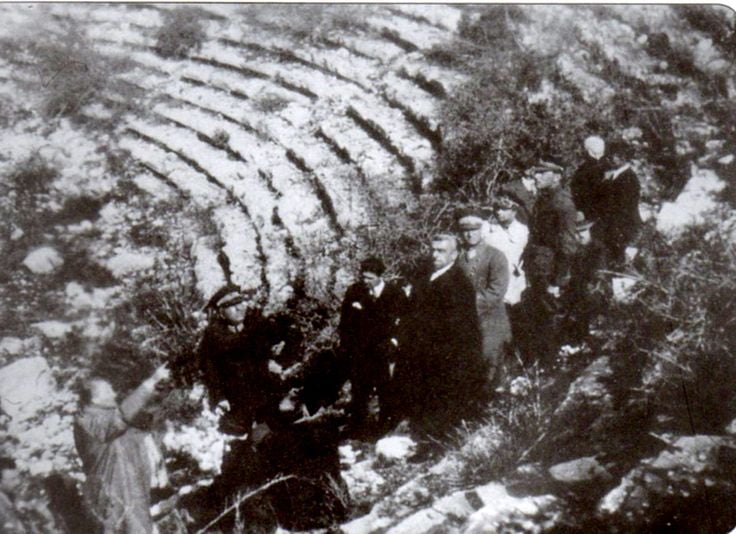
A plaque at the entrance states that when Atatürk saw the theatre he declared that it should be restored and used again for performances and sports.
Built in the classic Roman semicircle, the theatre cavea (seating area) can accommodate around 20,000 people in 40 rows.
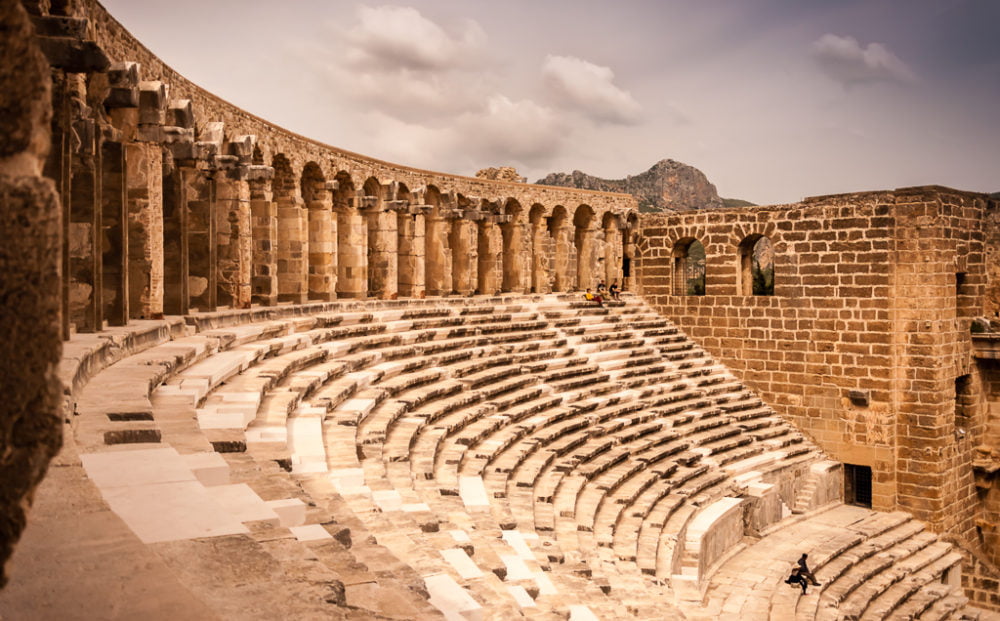
Topping the structure is an ornate ambulacrum (vaulted gallery and walkway) with views down to the stage.
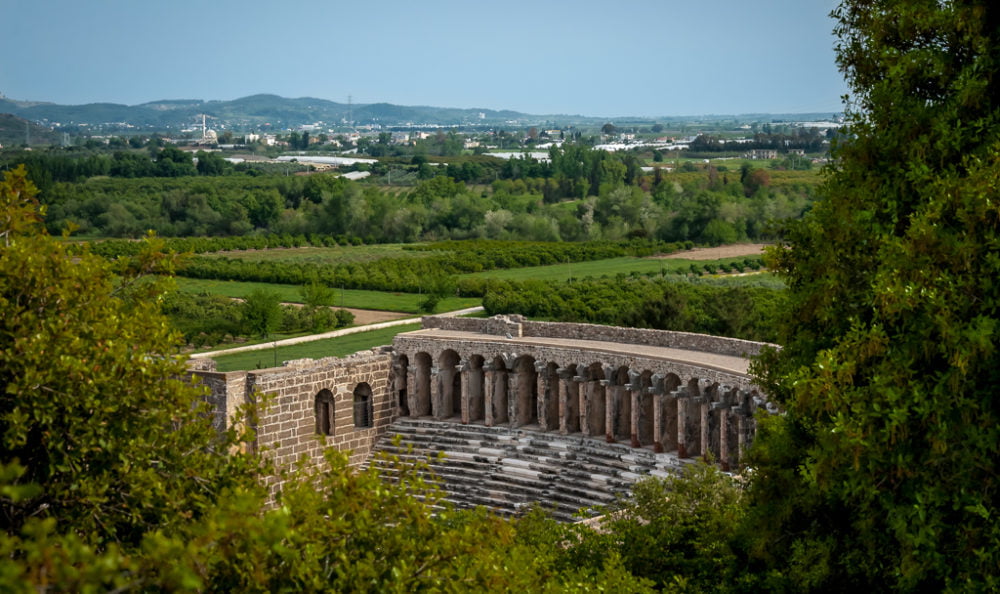
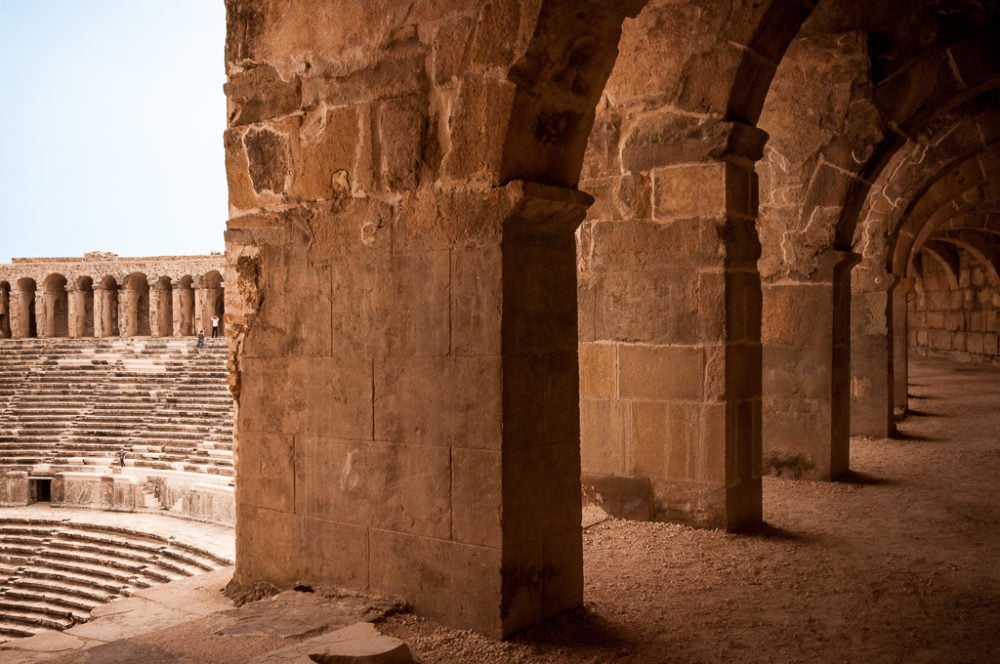


The theatre allows the present-day visitor to see and feel a true classical theatre. If you want to experience the wonderful acoustics of this ancient theatre, visit in the summer when it plays host to the Aspendos Opera and Ballet Festival.


More than a theatre
Although most visitors go to simply see the theatre, there are plenty more things to do.
A path leads up from the right of the theatre entrance to the acropolis, built on a flat-topped hill. The site is a little overgrown but some substantial buildings are still in place. Foremost among them is a nymphaeum (fountain shrine), an agora (marketplace), a bouleuterion (council chamber) and the remains of the village street, all of them invisible from the theatre below.
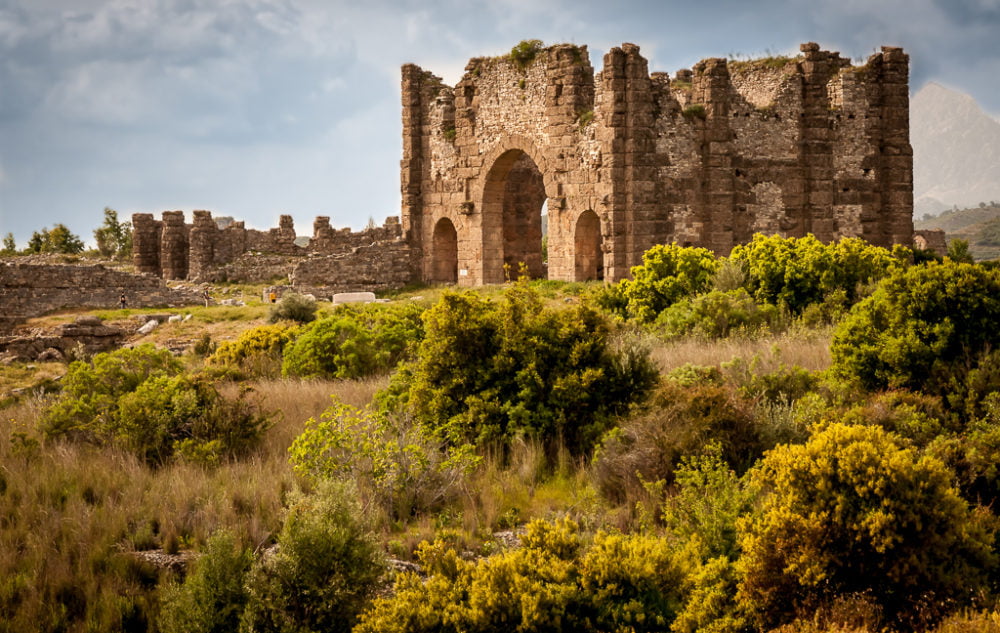
The Roman aqueduct
On the plains below the acropolis runs what remains of a Roman aqueduct. Originally 15km long, it brought water to Aspendos from the mountains and incorporates an ingenious siphonic system that allowed the water to cross the plain at a low level.

All in all, a day out to Aspendos is a must for history buffs.
Thank you to Nichola Chapman for sharing her photographs for this article. Click here to see more of Nichola’s work.
This article was first published on 21 September 2017 and updated on 30 December 2023.








